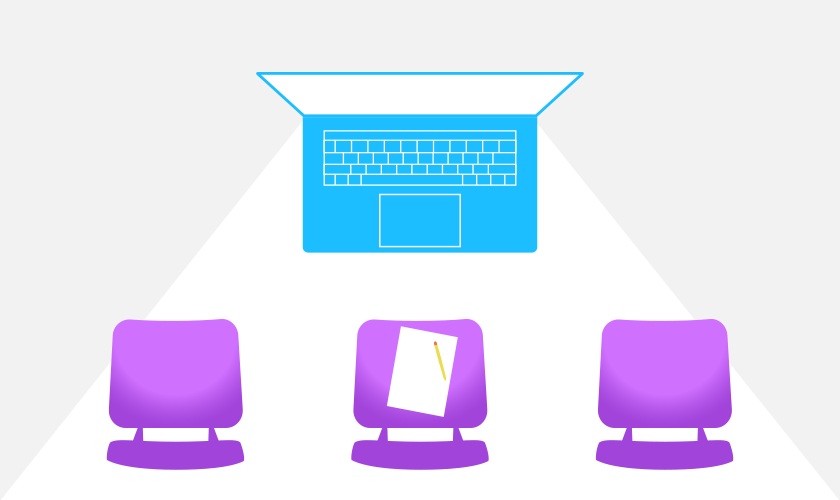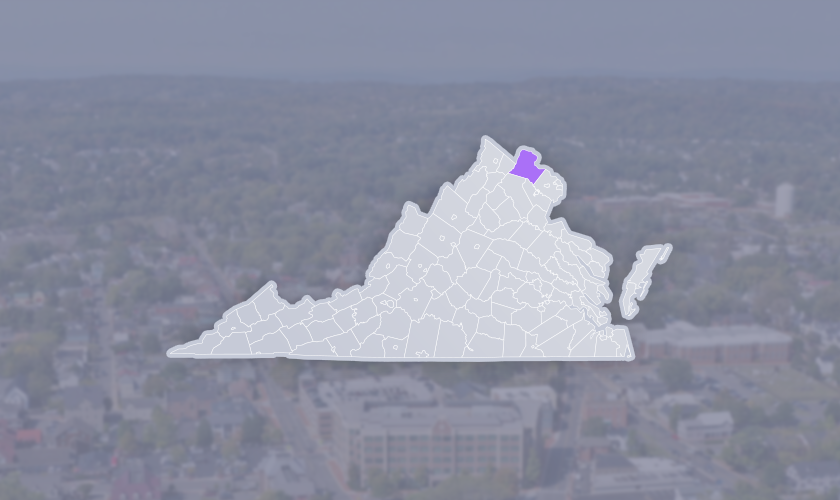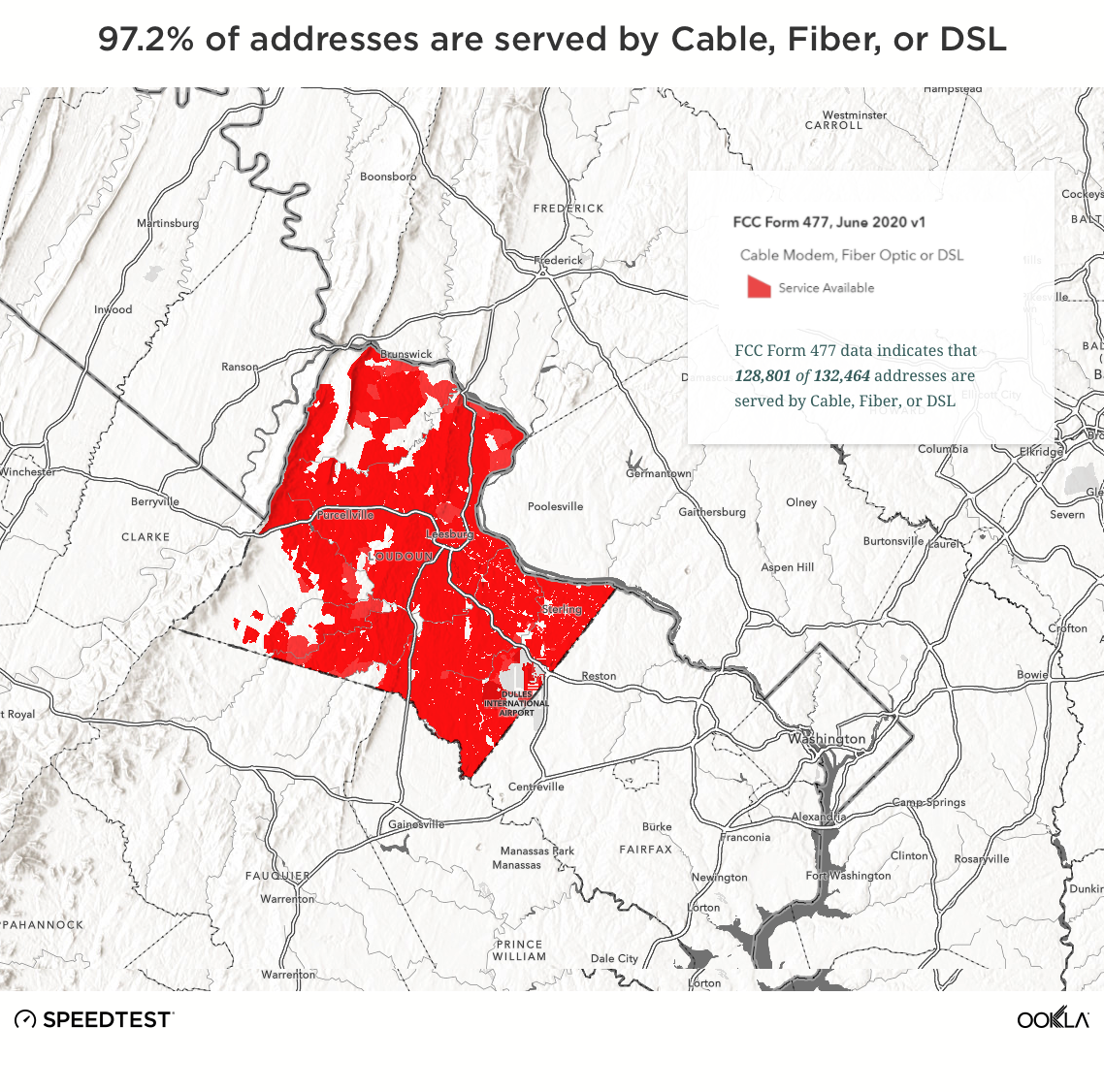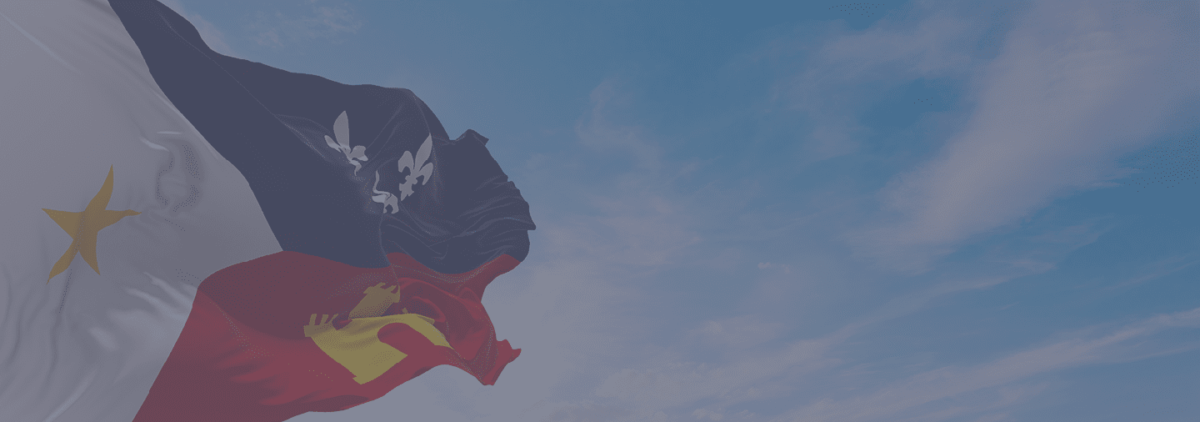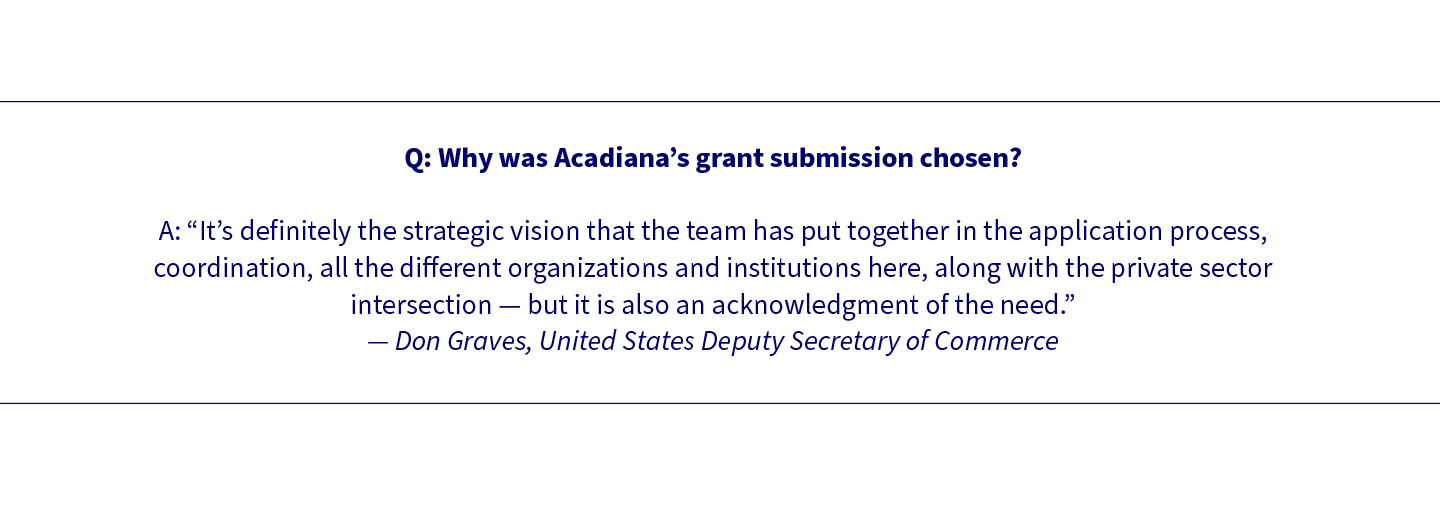

Tribal lands in the United States have often been sidelined or simply excluded from decisions critical to funding infrastructure initiatives and improvements. As COVID-19 revealed the internet to be an essential utility for daily life, the internet served as a lifeline and an opportunity for people living on reservations and other Tribal lands to connect with education, telehealth resources, businesses and the “at large” community. But with 628,000 Tribal households having no access to the internet, access to those critical services is lacking for too many.
In honor of Indigenous People’s Day, Ookla for Good™ spoke with a Cherokee Nation citizen and advocate about the importance of the internet to Native communities. We’ve also provided analysis on internet performance on federally recognized Tribal lands and off-reservation trust land areas, including an easy download for anyone who would like to do further research on this important topic.
The internet is a vital connector between places and cultures
We sat down with Joseph Cloud, formerly the Community Hope Center Project Manager at the Boys and Girls Club of Chelsea, Oklahoma and a student of the Cherokee Cultural Studies program at Northeastern State University, to discuss the impact that digital access has on Indigenous communities.
The Boys and Girls Club of Chelsea is funded by the Delaware Tribe and Cherokee Nation to help the children of the region reach their full potential. Cloud began working with the Club when they received a grant from the state of Oklahoma through the CARES Act. Cloud recounted that the CEO contacted him to say they had received a large grant and needed to spend it within a month.
The best way to do that was to install high-speed internet at the Club. Before, they had the one router that served the whole space and you couldn’t access the Wi-Fi from the outbuildings. I thought, “How can we make this center a space for kids who don’t have internet at home?” We installed internet and bought lots of equipment so kids could come there and do their homework. We bought specialized laptops with different editing suites so they could grow their skills in things like photography as they grew older. We weren’t designing for a certain kid, we were growing the program for the future.
The internet was important to getting this project done, too. Cloud was living in New Orleans at the time. He contacted a friend who was a tech wizard in Nashville, Tennessee to consult on this project in Oklahoma. Together they settled on a Ubiquiti system that provides high speed internet throughout the facility.
Cloud has unique insight into how the internet benefits kids on the reservation beyond access to Wi-Fi, too. He grew up as part of the Cherokee Nation in Oklahoma but he was separated from the Tribal community when his family moved to Florida. “All I’ve had in the last 21 years to stay connected to my culture is the internet,” he stated, “I needed to follow an instinct to strengthen my connection with my culture and my heritage.” He found the Cherokee studies program at Northeastern through online research and now continues to rely on the internet to attend class and connect with peers. “Schools are doing very little to hold together Native scholars — so we must turn to the internet to stay connected, not just across the country, but also locally” he said.
Last year, Cloud attended the Symposium on the American Indian, which was held virtually for the first time in 2020. Attending from Florida, he learned from leaders within the Indigenous advocacy community about a variety of issues. Digital access has empowered Joseph to reconnect with his Indigenous heritage through virtual events, online school and a cross-cultural online community.
Digital access has also had a large impact on his advocacy work, “The internet allows us to bring people into the conversation. We can combat power dynamics by addressing Indigenous issues with predominantly white institutions. These are very important moments.” For Joseph Cloud and so many other Native people, the internet is essential. It provides them with a platform to connect with other scholars, artists and with the world at large — allowing them to be heard and advocate for themselves and their communities.
Too many Tribal lands fall behind U.S. averages for internet performance
As we’ve seen, the internet is a critical utility for people living on Tribal lands in the U.S. However, that vital connection only works well if the internet performance is strong enough to support modern use cases, like video conferencing and streaming. We analyzed Speedtest Intelligence® data from American Indian/Alaska Native/Native Hawaiian (AIANNH) Areas in the U.S. during Q3 2021 to see how they compare to the U.S. as a whole.
29% of Tribal lands did not meet the FCC’s fixed broadband standards for download speed
Our analysis showed that fixed broadband speeds varied wildly between different AIANNH areas in the U.S. during Q3 2021. The Chickahominy Tribal designated statistical area between Richmond and Williamsburg, Virginia, for example, with one of the fastest median broadband speeds among Tribal lands in the U.S. at 218.86 Mbps, serves as a model of how state funding can radically improve internet infrastructure and performance. Quinault Reservation in northwestern Washington had one of the slowest download speeds at 3.98 Mbps.
Of the 140 AIANNH areas that met our sample count criteria for fixed broadband, 36 did not meet the FCC minimum download speed for broadband of 25 Mbps. Sixteen did not meet the minimum 3 Mbps for upload. For context, the median download speed over fixed broadband in the U.S. was 119.84 Mbps. Only 13 Native areas exceeded that.
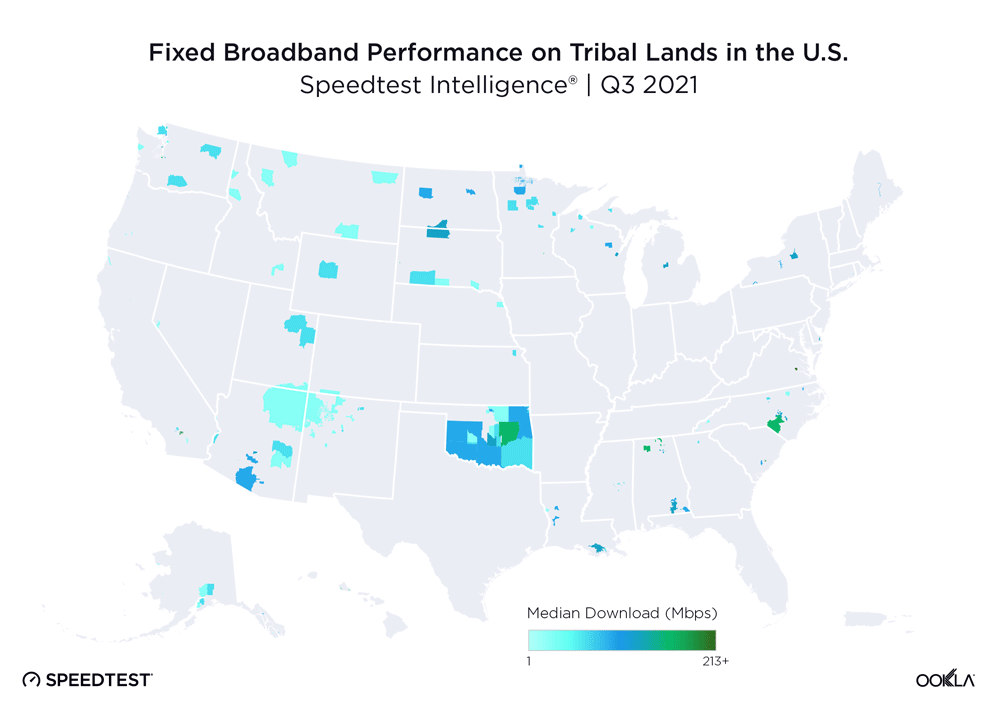
124 Tribal lands had slower mobile download speeds than U.S. average
There was also a wide array of mobile speeds across AIANNH areas in the U.S. during Q3 2021. Of the 203 Tribal lands that met sample count criteria for mobile performance, 124 showed a slower median download speed than the U.S. average of 44.84 Mbps. Fifty-eight Native areas showed a mobile download speed less than 25 Mbps and 17 had uploads slower than 3 Mbps. Lualualei Hawaiian Home Land, on the west side of Oahu, had one of the fastest median download speeds over mobile during Q3 2021 at 162.09 Mbps. Moapa River Indian Reservation in southern Nevada had one of the slowest median download speeds over mobile during the same period at 3.73 Mbps.
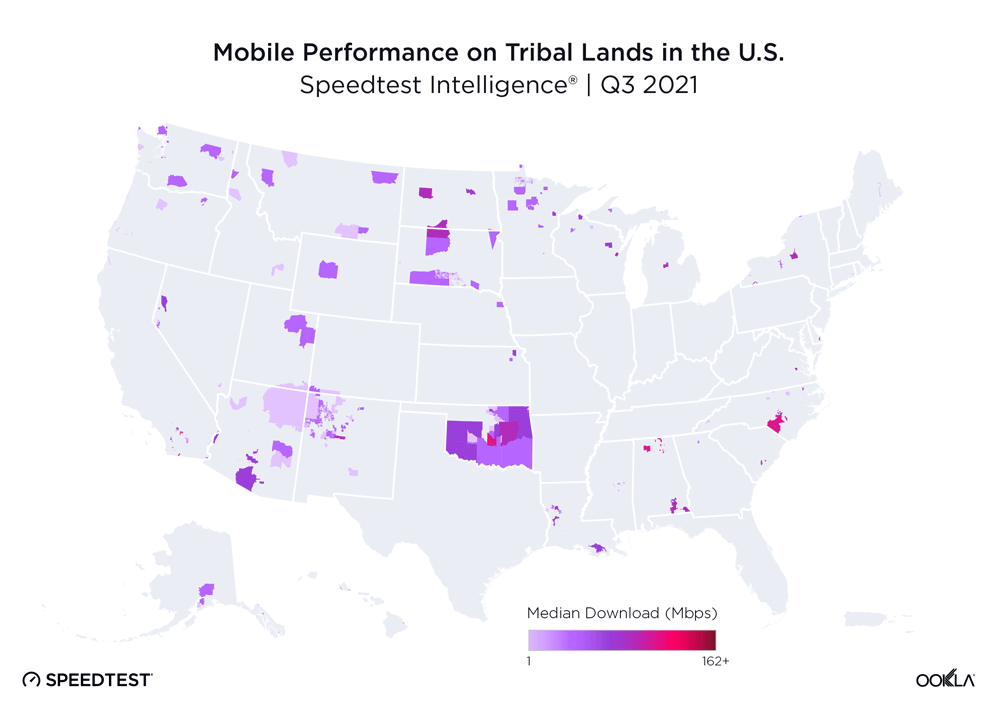
4G Availability varies widely between Tribal lands
Of the 217 Tribal lands with sufficient samples, 102 showed a 4G Availability (the percent of users on all devices that spend the majority of their time on 4G and above) lower than the U.S. average of 96.0% during Q3 2021. Nine Tribal lands showed 100% 4G Availability: Auburn Rancheria in California, Big Pine Reservation in California, Reno-Sparks Indian Colony in Nevada, Soboba Off-Reservation Trust Land in California, Sycuan Reservation in California, Viejas Reservation in California, Kapolei Hawaiian Home Land, Waimanalo Hawaiian Home Land and the Kiowa-Comanche-Apache-Fort Sill Apache/Caddo-Wichita-Delaware joint Oklahoma Tribal statistical area. Walker River Reservation in Nevada had one of the lowest 4G Availability calculations at 30.2%.
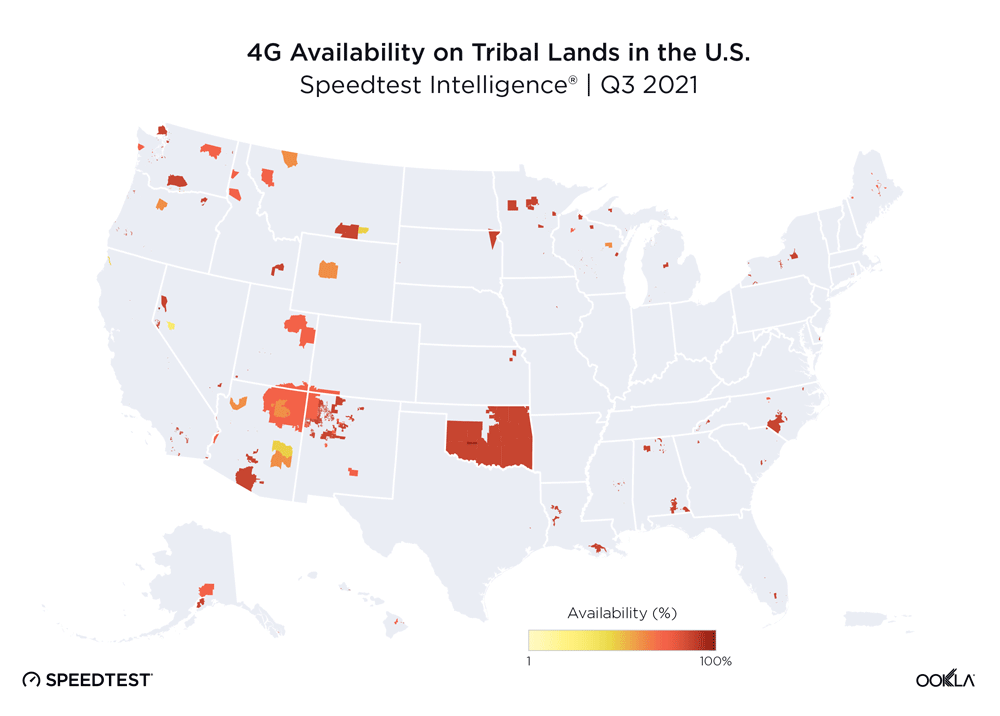
The internet is a lifeline and a basic utility. While some Tribal lands do have good connectivity and speeds according to our data, those that do not are being further left behind. As experts in internet performance (but not Tribal policy), we are offering our full Tribal data set for anyone who would like to do further analyses. Download the full data set here.
Ookla retains ownership of this article including all of the intellectual property rights, data, content graphs and analysis. This article may not be quoted, reproduced, distributed or published for any commercial purpose without prior consent. Members of the press and others using the findings in this article for non-commercial purposes are welcome to publicly share and link to report information with attribution to Ookla.

